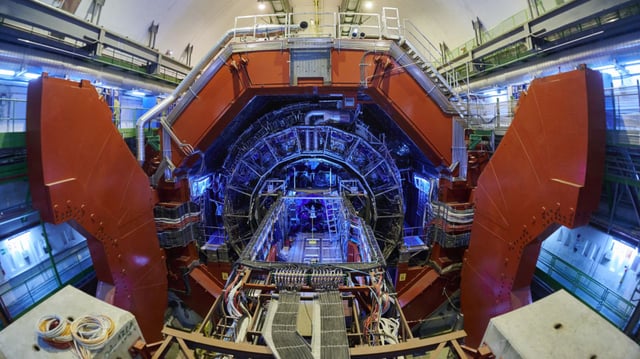Overview
- For the first time, CERN’s ALICE collaboration has systematically detected and analyzed the transmutation of lead into gold via high-energy electromagnetic interactions in near-miss lead–lead collisions.
- The ALICE Zero Degree Calorimeters enabled precise measurement of fleeting gold nuclei, which are created at a peak rate of 89,000 nuclei per second during collisions.
- The gold nuclei exist only momentarily before disintegrating upon colliding with accelerator infrastructure, precluding any practical gold extraction.
- This research also identified byproducts such as thallium, mercury, and neutron-deficient lead, contributing to a broader understanding of nuclear reactions in extreme conditions.
- Findings refine theoretical models of electromagnetic dissociation, enhancing predictions of beam losses and informing the design of future particle accelerators.
